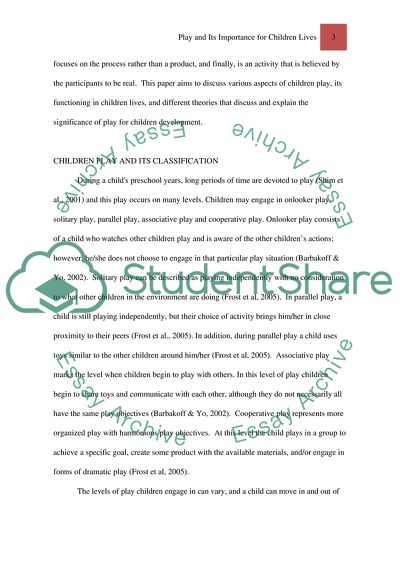Cite this document
(Play and Its Importance for Children Lives Term Paper, n.d.)
Play and Its Importance for Children Lives Term Paper. Retrieved from https://studentshare.org/education/1740652-critically-explore-why-play-is-so-important-for-the-lives-of-young-children
Play and Its Importance for Children Lives Term Paper. Retrieved from https://studentshare.org/education/1740652-critically-explore-why-play-is-so-important-for-the-lives-of-young-children
(Play and Its Importance for Children Lives Term Paper)
Play and Its Importance for Children Lives Term Paper. https://studentshare.org/education/1740652-critically-explore-why-play-is-so-important-for-the-lives-of-young-children.
Play and Its Importance for Children Lives Term Paper. https://studentshare.org/education/1740652-critically-explore-why-play-is-so-important-for-the-lives-of-young-children.
“Play and Its Importance for Children Lives Term Paper”, n.d. https://studentshare.org/education/1740652-critically-explore-why-play-is-so-important-for-the-lives-of-young-children.


